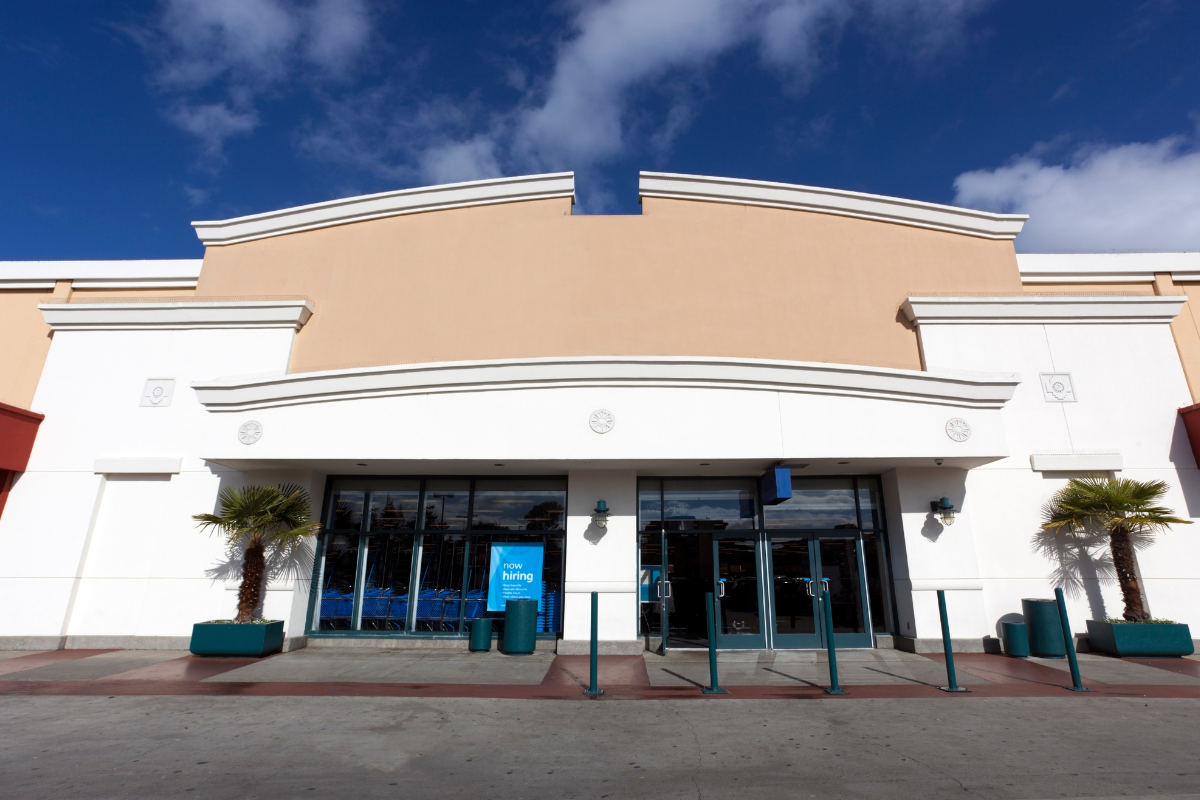For this month’s audio blog, Ketner Group CEO and president Catherine Seeds explores department stores, including their glory days, challenging years and innovative futures. Watch the video or read the transcript below!
Hello, and welcome to another installment of our KG audio blog series! I’m Catherine Seeds, president and CEO of Ketner Group. Thanks for listening! In this blog, we are talking about department stores – the good, the bad and the future of these retail OGs.
I am showing my age a bit, but I have many fond memories of the department store shopping experience growing up in Lubbock, Texas. The South Plains mall housed the go-to classics like JCPenney and Sears. I remember going with my mom in the 80s to the customer service desk at JCPenney to turn in our catalog order for the back to school clothes I had so carefully picked out.
Or, when my parents could splurge, we’d go to Dillard’s! I remember one specific shopping trip at Dillard’s where my mom treated me to a pair of Girbauds jeans and a GUESS shirt. I thought I was on top of the world as I walked out of that department store , ready to show off my new outfit.
But, oh my, how times have changed. Gone are the days when department stores ruled the retail world.
The Fall of Retail Giants
As CNN’s Chris Isidore wrote earlier this year, “Department store were once the giants of American retail. Macy’s, Sears, and JC Penney offered a selection of products and convenience for shoppers that reshaped how and where Americans bought everything they needed for their homes, from clothing to appliances to toys to electronics.”
Now, the department store landscape is a ghost of its former self, complete with store closures. Or worse – open stores with little inspiration to entice shoppers to spend their hard-earned money. (More on inspiration in a bit!)
According to Bain & Company, North American department store retail groups have reported their “sales have declined at a compound annual rate of 6% from 2018 to 2023.” This is in addition to the acceleration of the 5% revenue erosion that department stores have suffered annually in the previous five years.
The decline of department stores wasn’t an overnight occurrence. It was a gradual sinking due to several factors: competition from big box retailers like Walmart and Target, the inevitable shift to online shopping, and of course inflation side-effects which has shrunk the middle class, forcing them to become more cost-conscience.
But the fault can’t be entirely blamed on these external factors. Department stores have had to look inward and admit that they too have culpability in their fate. I remember as a kid and then as a teenager the excitement I had going into a department store – especially during the holidays. There was so much to see and take in! The smells of the perfume counter, the beautiful apparel and shoes on display, helpful employees and other customers that were just as excited to be there as I was.
Now, as Bloomingdale’s chief executive, Olivier Bron said in a recent Business of Fashion article, “We’ve lost the element of inspiration over the last 30 years.”
The Comeback Kids
Not all is doom and gloom for departments stores. Sure, Kmart just closed its last full store in Long Island and JCPenney continues to close its physical stores, but there is a resurgence in the making at several other department store favorites.
Coming back to the point of inspiration, Bron (Bloomingdale’s chief executive) also said that department stores do not have to reinvent themselves to survive, but “they do need to give customers a more exciting experience and to be better partners to brands.” Reading between the lines here: department stores must wipe the dust off their shelves and get back to what shoppers loved about the store in the first place.
Bron went on to explain Bloomingdale’s growth strategy, aptly titled “Dream Big” which includes things like customizing stores to specific markets, investing more in vendor relationships and taking risks on smaller brands
If we look at Macy’s, although they recently reported the closure of 150 stores by 2027, it’s part of the retailer’s restructuring plan. According to Macy’s, “this strategy allows the department store to adapt to the fast growth in online shopping and the ever-evolving consumer retail behavior.”
Excite the Mind!
American retail magnate and founder of Selfridge’s, Harry Selfridge, once said “Excite the mind and hand will reach for the pocket.” When I think of my own memories of shopping at department stores, this quote certainly fits.
The writing is certainly not on the wall for department stores, but it is up to their executives and board to ensure that these retail giants do not go quietly into the night. They must focus on things like bringing back inspiration and excitement through innovation, more personalized customer service and a better assortment of inventory.
It doesn’t hurt to draw inspiration (there’s that magic word again!) from other retailers either. Look at Dick’s Sporting Goods and their focus on the experiential store, complete with immersive attractions such as a climbing wall, a batting cage and a putting green.
Another example is Primark, a fast-fashion retailer founded in Ireland, with a department store feel, has been making its “mark” in the US and bringing energy back to shopping malls.
The department store has a storied history in the echelons of retail, and even though shoppers today have higher expectations and choices when it comes shopping, I believe that history is crucial to its future success. The opportunity is right in front of department stores, they just need make the commitment to bring back the joy and excitement for customers, old and new.
Thanks for joining me today. Let’s keep the conversation going!
Get in touch today to find out how our retail expertise can help drive brand awareness and support your marketing goals.

